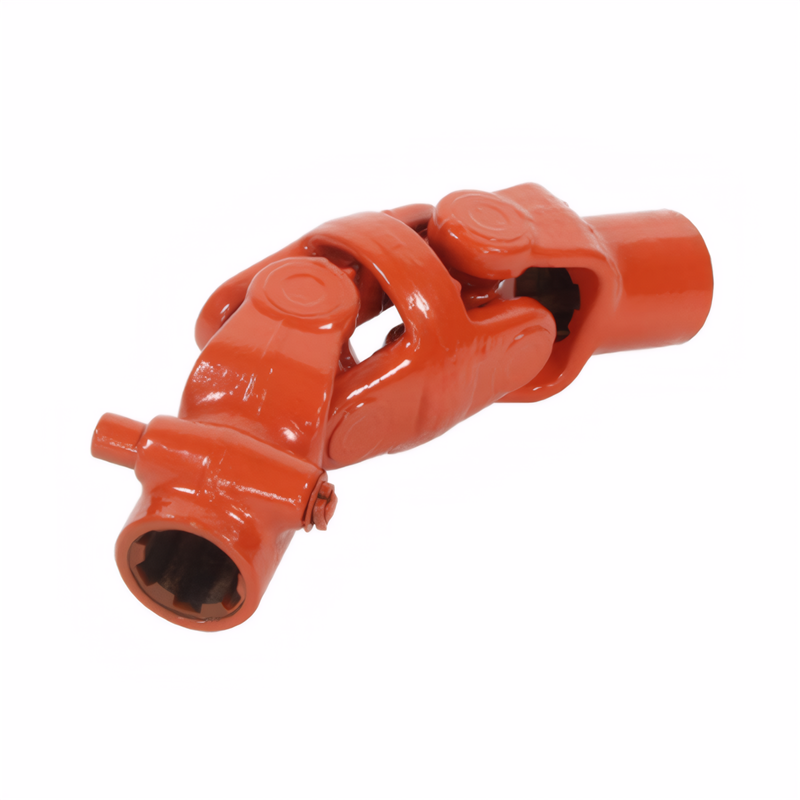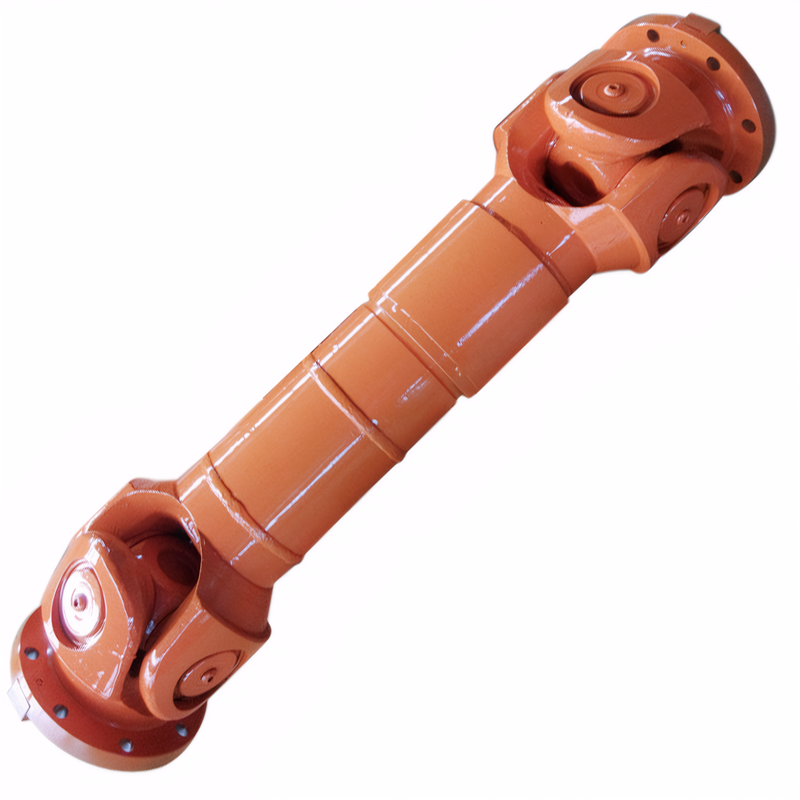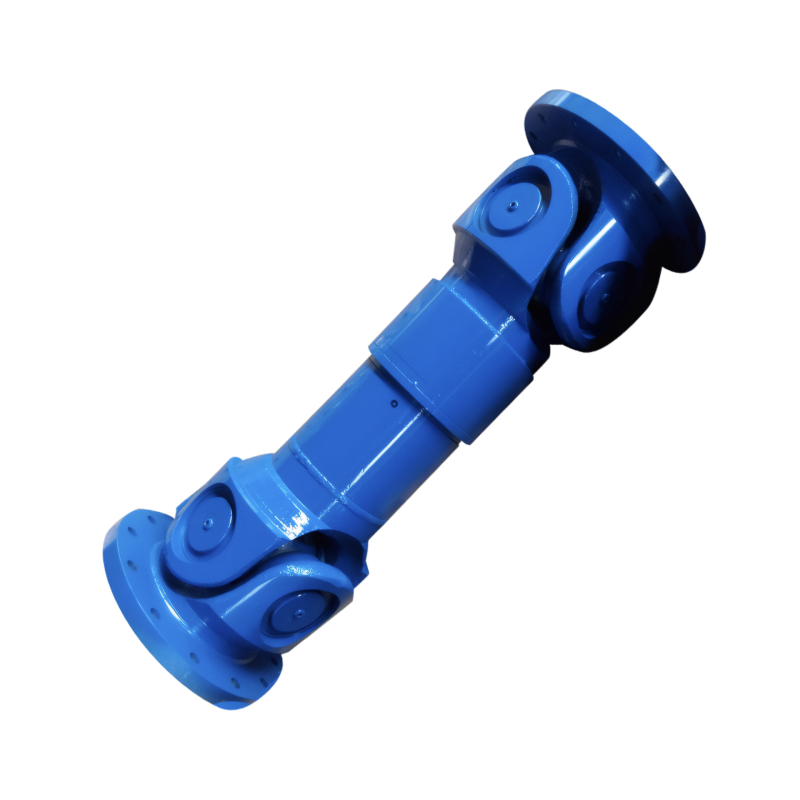Characteristics of the front-engine rear-wheel drive vehicle drive shaft
Key Characteristics of Transmission Shafts in Front-Engine Rear-Wheel-Drive Vehicles
Transmission shafts in front-engine rear-wheel-drive (FR) vehicles serve as critical components for power transmission, connecting the变速器 (transmission) to the主减速器 (final drive) while accommodating dynamic operational conditions. Their design and functionality directly impact vehicle performance, durability, and driving comfort.
Multi-Section Structure with Universal Joint Integration
FR vehicle transmission shafts typically adopt a multi-section configuration, with individual segments connected through precision-engineered universal joints. This modular design enables efficient power transfer across varying distances between the transmission and final drive, particularly important in FR layouts where these components are spatially separated.
Universal Joint Functionality
The universal joints play a pivotal role by maintaining constant angular velocity transmission between the transmission output shaft and final drive input shaft, even when their relative angles change during vehicle operation. This ensures smooth power delivery during acceleration, braking, and suspension movement. Advanced implementations use double universal joint systems with precisely aligned yokes to minimize speed fluctuations and vibration.
Dynamic Length Adjustment via Telescopic Sleeves
To compensate for axial displacement caused by suspension travel and drivetrain movement, FR transmission shafts incorporate telescopic sleeves. These components feature splined connections that allow controlled length variation while maintaining torque transmission capacity.
Material and Design Innovations
Modern telescopic sleeves utilize high-strength alloy steels with specialized surface treatments to enhance wear resistance and fatigue life. Some designs integrate polymer liners between splines to reduce friction and noise, while others employ self-lubricating materials for maintenance-free operation. The telescopic mechanism typically provides 20-30mm of adjustable length to accommodate normal drivetrain movements.
Rigorous Dynamic Balancing Requirements
As high-speed rotating components (operating at engine speed ratios up to 1:1 in direct-drive gears), FR transmission shafts demand precise dynamic balancing. Manufacturers employ computer-controlled balancing machines to achieve imbalance levels below 50 g·cm, ensuring smooth operation at speeds exceeding 5,000 RPM.
Balancing Techniques
The balancing process involves adding or removing material at specific locations along the shaft, often using drill holes or welded balance weights. Critical balancing areas include the universal joint yokes and shaft midsections. Proper balancing prevents excessive vibration, which could otherwise lead to premature failure of transmission bearings, differential gears, and other connected components.
Specialized Configurations for Performance Applications
High-performance FR vehicles often feature reinforced transmission shafts with larger diameters and thicker walls to handle increased torque loads. These shafts may incorporate carbon fiber composite materials for weight reduction without compromising strength, resulting in a 15-20% mass reduction compared to traditional steel designs.
Racing Applications
In motorsport applications, transmission shafts may use hollow tubular designs with optimized wall thickness distribution to maximize torsional stiffness while minimizing rotational inertia. Some racing shafts also incorporate vibration damping inserts to reduce drivetrain harmonics at high RPM ranges, improving both component longevity and driver comfort.
 The advantages of segmented dr
The advantages of segmented dr
 Characteristics of the front-e
Characteristics of the front-e
 The installation method of the
The installation method of the
 The principle of the shock abs
The principle of the shock abs

